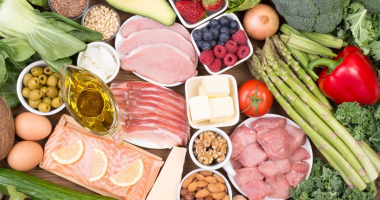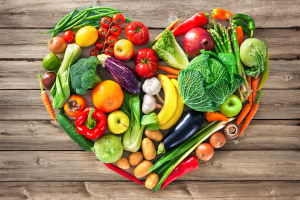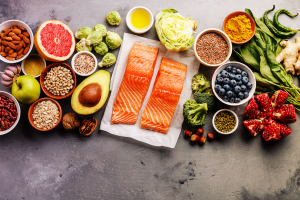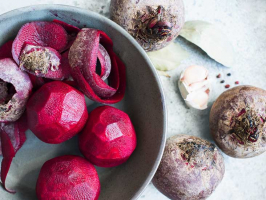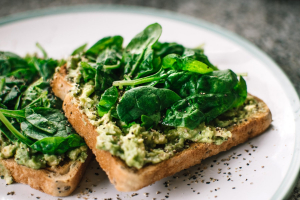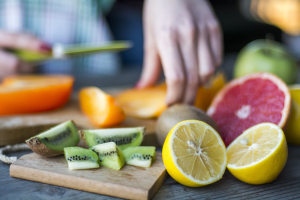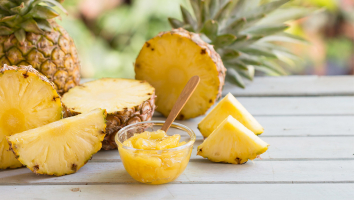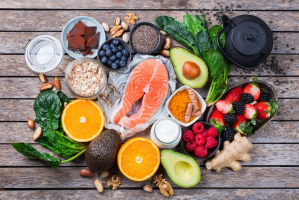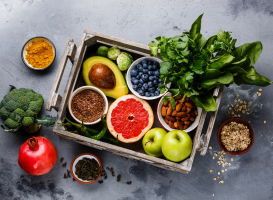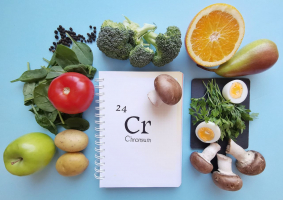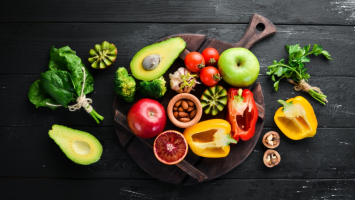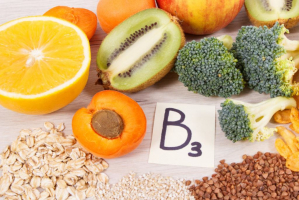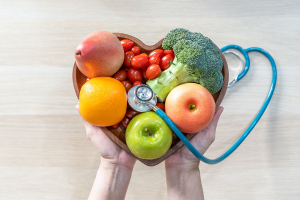Top 8 Best Foods That Help Lower Triglyceride Levels
Your body has a form of fat called triglycerides. The risk of cardiovascular disease is raised by elevated levels. Your diet has a significant impact on how ... read more...many triglycerides are produced in your body. Even so, some meals may help reduce your blood pressure. The greatest foods for reducing triglyceride levels are listed below.
-
Consuming soy protein, including isolated soy protein and soy isoflavones, significantly lowered high triglyceride levels, according to a study of 46 studies. The best results were shown when at least 25 grams of soy protein were consumed daily. Isoflavones, a chemical associated to better menopausal symptoms, lower triglycerides, and weight control, are present in abundance in soybeans, edamame, tofu, and tempeh.
Natto and tempeh are examples of items made from fermented soy that are richer in nutrients than unfermented soy. They have a strong triglyceride-lowering impact when utilized as alternatives to sources of animal protein.
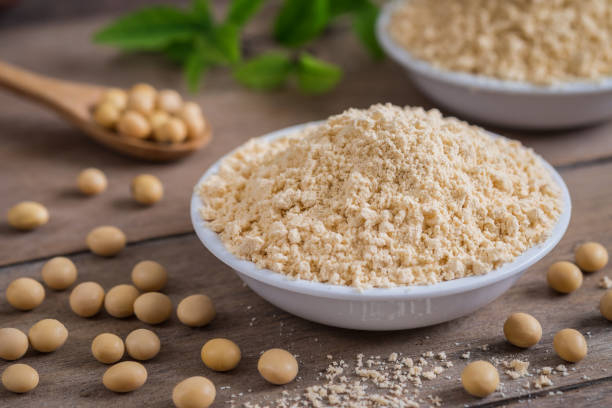
Soy protein 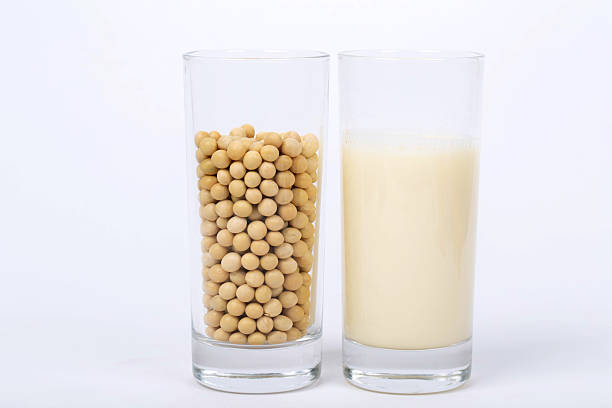
Soy protein -
Sardines, salmon, mackerel, and herring are a few examples of fatty fish that are good providers of triglyceride-lowering omega-3 fats. Healthy fats include omega-3 fatty acids. They promote gut and brain health, assist decrease cholesterol, reduce inflammation, and are crucial for healthy cell membranes. It has been demonstrated that regularly ingesting these fatty fish instead of lean fish like cod or lean beef dramatically lowers triglyceride levels.
A 2016 research including 38 women found that consuming 1.65 pounds (750 grams) of fatty fish weekly for four weeks, or the equivalent of 4 ounces (114 grams) of fish every day, reduced triglycerides and many risk factors for type 2 diabetes and heart disease. You may get omega-3 fats through krill oil and fish oil supplements in addition to fatty seafood. In fact, it has been shown that both triglyceride and cholesterol levels may be decreased with the use of these.
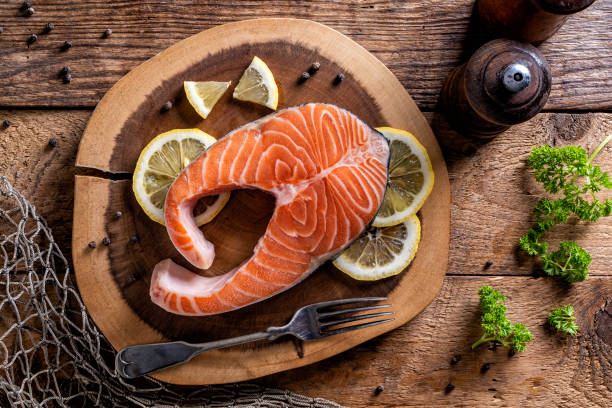
Fatty fish 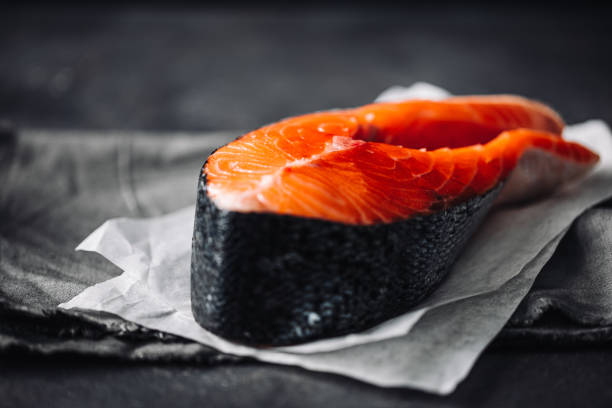
Fatty fish -
Monounsaturated fatty acids are abundant in avocados, which are a fruit with a high fat content. Studies have showed that adding avocado to the diet instead of saturated, trans, and carbohydrate foods dramatically lowers triglyceride levels. Additionally, compared to other forms of fat, avocado's monounsaturated fats are more effective at decreasing blood sugar levels.
Additionally, they aid in lowering several metabolic syndrome risk factors, which raise the possibility of type 2 diabetes and heart disease. Make guacamole and use it as a dip, to top tacos, in wraps, or tossed through salads to maximize your consumption of avocado. Alternatively, you may just add diced or sliced avocado to your favorite foods to add more healthy fats.
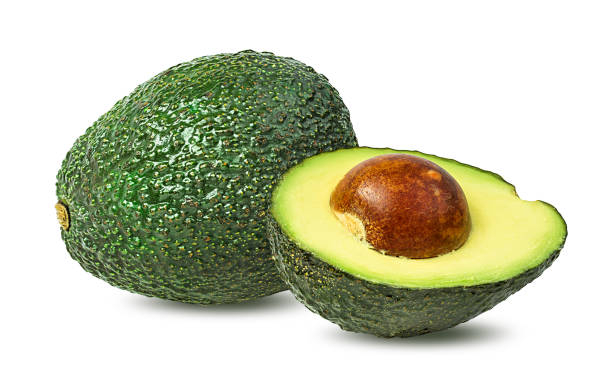
Avocado 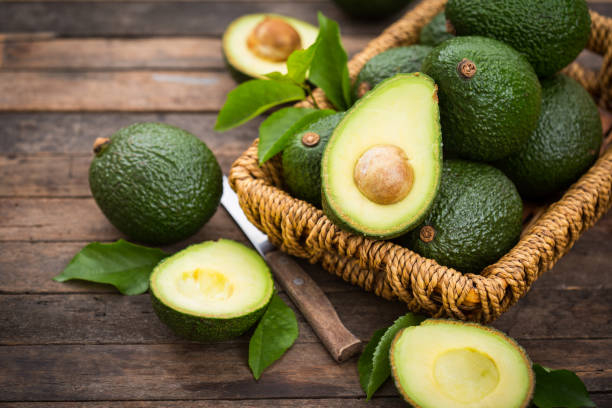
Avocado -
The South American native Chenopodium quinoa plant produces the type of seed known as quinoa. It has gained popularity since it contains a lot of protein and minerals. It also has anti-inflammatory and antioxidant qualities, both of which are associated with a lower risk of heart disease, type 2 diabetes, and obesity.
One research found that giving overweight and obese people 1/4 cup (50 grams) of quinoa a day for 12 weeks dramatically lowered their triglyceride levels. In research with obese mice, a similar impact was noted. Additionally, a research in healthy older persons revealed that consuming biscuits made with 60 grams of quinoa every day for four weeks resulted in a modest but beneficial decrease in triglycerides and lowered risk of heart disease. Overall, consuming quinoa on a daily basis may encourage reduced triglyceride levels.
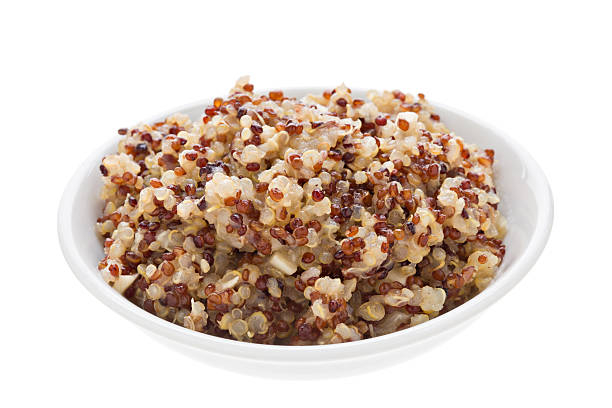
Quinoa 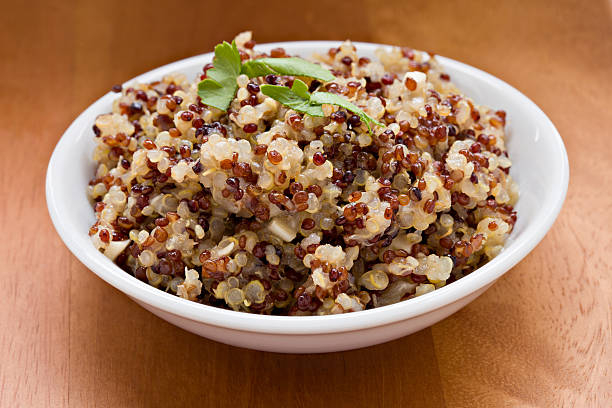
Quinoa -
Oatmeal, buckwheat, barley, and millet are examples of whole grains that have been acknowledged for their ability to lower the risk of heart disease. Oatmeal, for instance, lowers blood sugar and total cholesterol levels. However, there is no evidence that it directly lowers triglyceride levels.
Meanwhile, studies have shown that buckwheat, barley, and millet can lower triglyceride levels by as much as 74%. In order to encourage reduced triglyceride levels, it is therefore a good idea to consistently eat a combination of whole grains in your diet. Regularly eating a variety of whole grains, namely buckwheat, barley, and millet, may support the reduction of elevated triglyceride levels.
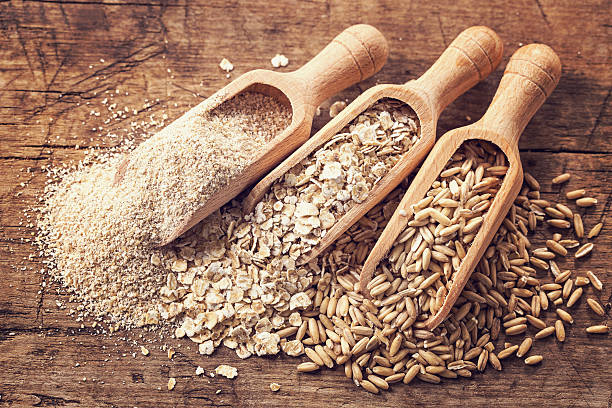
Whole grains 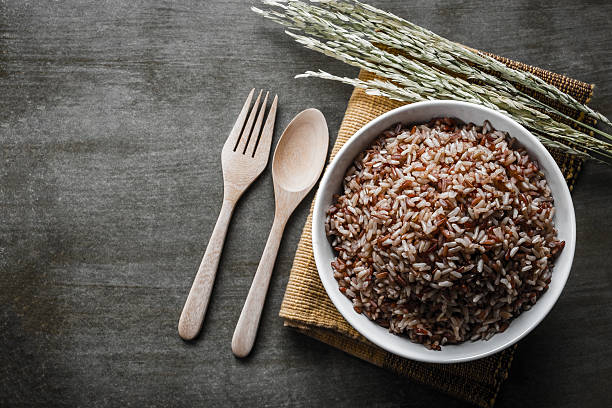
Whole grains -
Despite having a terrible image for being heavy in saturated fats, coconut oil is still being researched for its ability to prevent heart disease. The fatty acid composition of coconut oil is heterogeneous, containing both saturated fats and medium-chain triglycerides (MCTs). According to a 2018 research of 91 older persons, 50 grams of coconut oil consumed daily showed equivalent benefits as olive oil on raising HDL (the good cholesterol) and lowering LDL (the bad cholesterol).
In a clinical research conducted in 2020, tea cookies prepared with 40 grams of coconut oil reduced triglyceride levels by nearly 60% after a meal. The MCT fatty acid composition was suggested to be responsible for this. According to other research, using MCT oil to treat excessive triglyceride levels might help the blood's fasting and post-meal triglyceride levels. The beneficial effects of coconut oil on health still require further study.
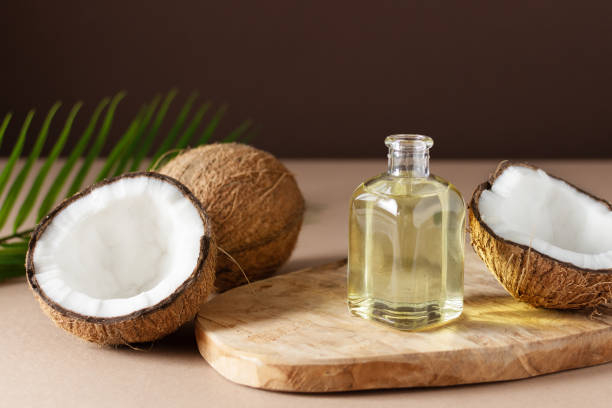
Coconut oil 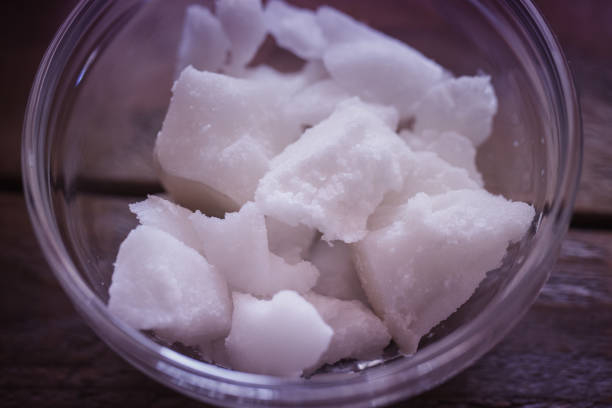
Coconut oil -
An herb and popular spice with healing properties for cardiovascular problems is garlic. For instance, garlic is praised for its anti-hyperlipidemic qualities, or, more specifically, for its shown capacity to lower triglyceride and cholesterol levels.
In a research with 40 people who had metabolic syndrome, raw, crushed garlic taken twice daily for four weeks dramatically decreased triglycerides at a rate of 45 mg per pound (100 mg per kg) of body weight. In a another trial, consuming 2 grams of garlic powder daily for 40 days had a substantial impact on lowering triglyceride levels and other metabolic indicators.
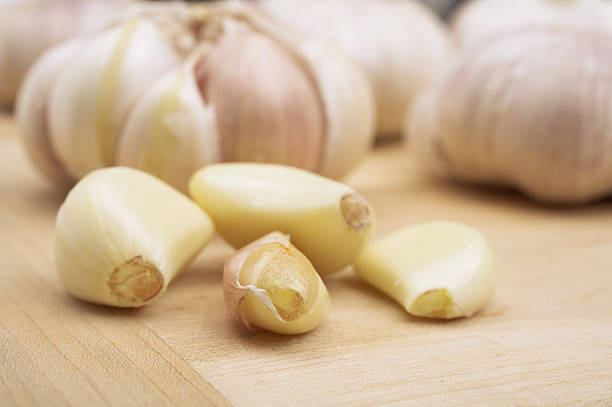
Garlic 
Garlic -
All vegetables in the Brassicaceae family, including cauliflower, cabbage, broccoli, Brussels sprouts, bok choy, and kale, are members of this family. Glucosinolate and isothiocyanate are two chemicals that are abundant in these cruciferous vegetables. Their function in lowering oxidative stress and their ability to lower cancer risk have been emphasized in both older and more recent research.
The constituents in cruciferous vegetables have also been demonstrated in animal experiments to considerably lower triglyceride levels and enhance metabolic health indicators. Although further human studies are required, this group of vegetables has a strong potential to consistently enhance metabolic health and blood fat metabolism.

Cruciferous vegetables 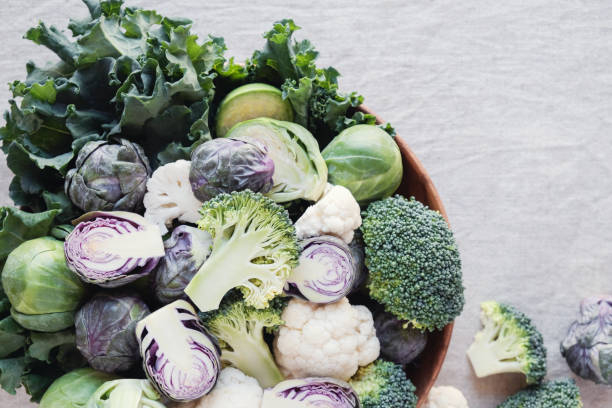
Cruciferous vegetables










